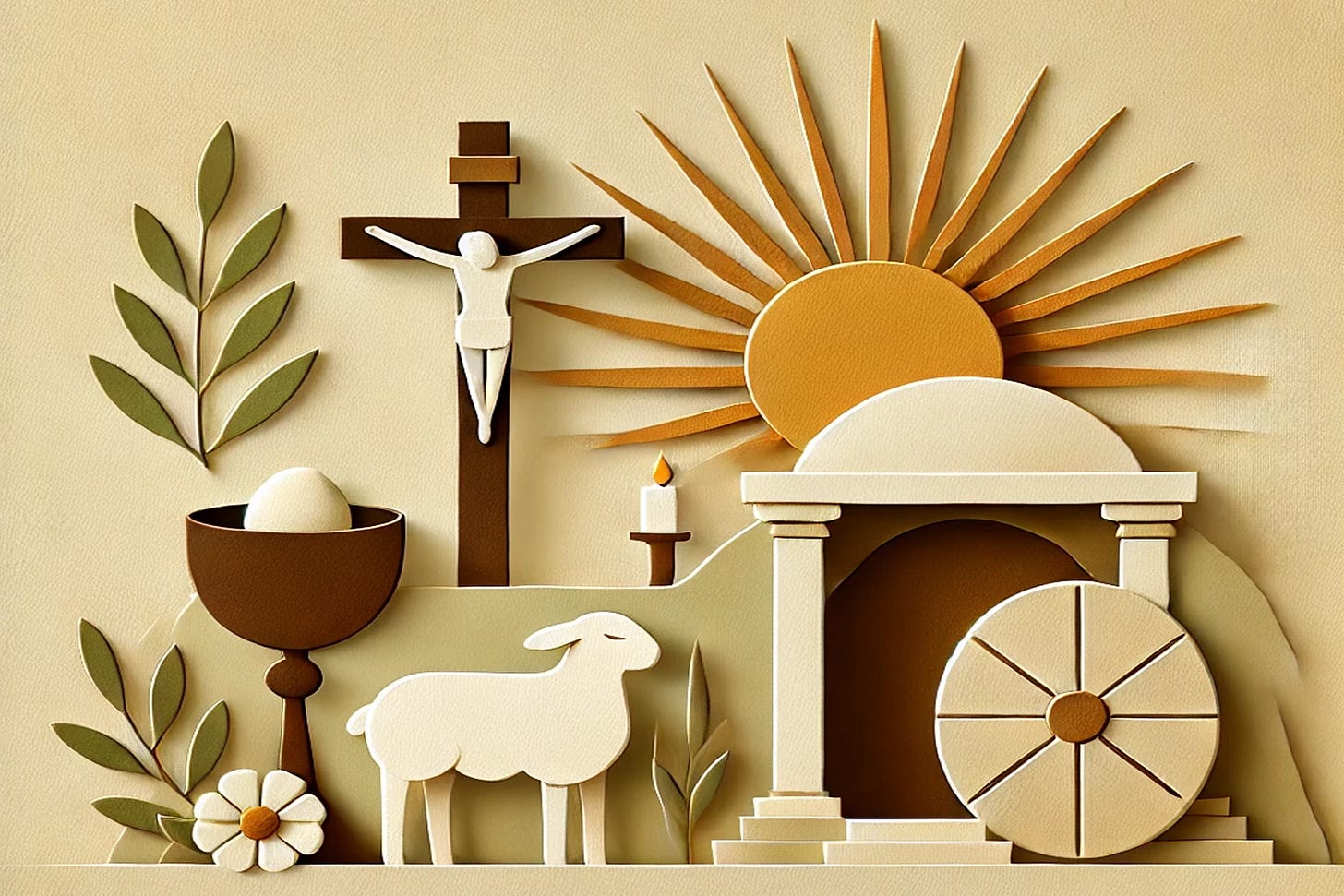Nisan 9: Fragrance and Foreshadowing — Mary Anoints Yeshua for Burial in Bethany
On Nisan 9, devotion and betrayal share the same room. Mary anoints Yeshua as the Lamb, while the leaders begin to conspire against the resurrection itself.
This is part of a 13 part series click here to start at the beginning.
Nisan 9 – Fragrance and Foreshadowing
Mary anoints Yeshua for burial; Lazarus testifies; tension builds.
(Thursday evening to Friday evening)
As the sun set over Bethany and Nisan 9 began, the quiet home of Lazarus, Mary, and Martha became a sacred stage. The Messiah remained in this small village just beyond the Mount of Olives, surrounded by those who loved Him not for what He did, but for who He was.
“So they gave a dinner for him there. Martha served, and Lazarus was one of those reclining with him at table.”
— John 12:2
This wasn’t just a meal — it was a moment charged with love, memory, and mystery.
A Costly Act of Prophetic Worship
Into that space of intimate fellowship walked Mary, carrying a small jar of pure nard, an aromatic oil so valuable it was worth nearly a year’s wages. Without hesitation, she broke it open and poured it over Yeshua’s feet—an act of costly devotion, prophetic understanding, and humble worship.
“The house was filled with the fragrance of the perfume.”
— John 12:3
Mary’s act was more than emotional. It was deeply theological. In anointing His feet and wiping them with her hair, she was preparing the Lamb of God for burial—before the disciples even understood that He was going to die.
This fulfilled the ancient prophetic tradition of anointing the dead with spices. Mary stepped into a priestly, prophetic role—offering what no one else did.
Devotion Exposed Greed
But not everyone in the room shared her reverence.
Judas Iscariot, keeper of the disciples' money bag, objected to the waste. His complaint sounded noble—"Why wasn’t this perfume sold and given to the poor?"—but John tells us the truth: Judas wasn’t interested in the poor. He was stealing from the community funds.
Yeshua responded:
“Leave her alone, so that she may keep it for the day of my burial. The poor you always have with you, but you do not always have me.”
— John 12:7–8
In that moment, Mary understood something no one else did. Her act of worship became an anointing for what was to come: the death and burial of the Messiah.
Plots in the Shadows
While the fragrance of worship filled the house, conspiracy brewed just outside.
The chief priests, infuriated not only by Yeshua but by the very existence of Lazarus—living proof of resurrection power—began to plan not only Yeshua’s death, but Lazarus’s as well:
“Because on account of him many of the Jews were going away and believing in Jesus.”
— John 12:9–10
This marked the beginning of the final plot—not just against a teacher, but against the truth of life itself.
Prophetic Alignment with the Moedim
As lambs across Jerusalem were being selected and examined in preparation for Passover (Nisan 14), Yeshua—the true Lamb—was being anointed.
Though He remained in Bethany that night, the prophetic timeline was accelerating. Every hour from here forward would align with Yahweh’s moedim—His appointed times. Every action would fulfill Torah shadows and Messianic prophecy.
This wasn’t just Holy Week—it was the divinely appointed hour for redemption.


